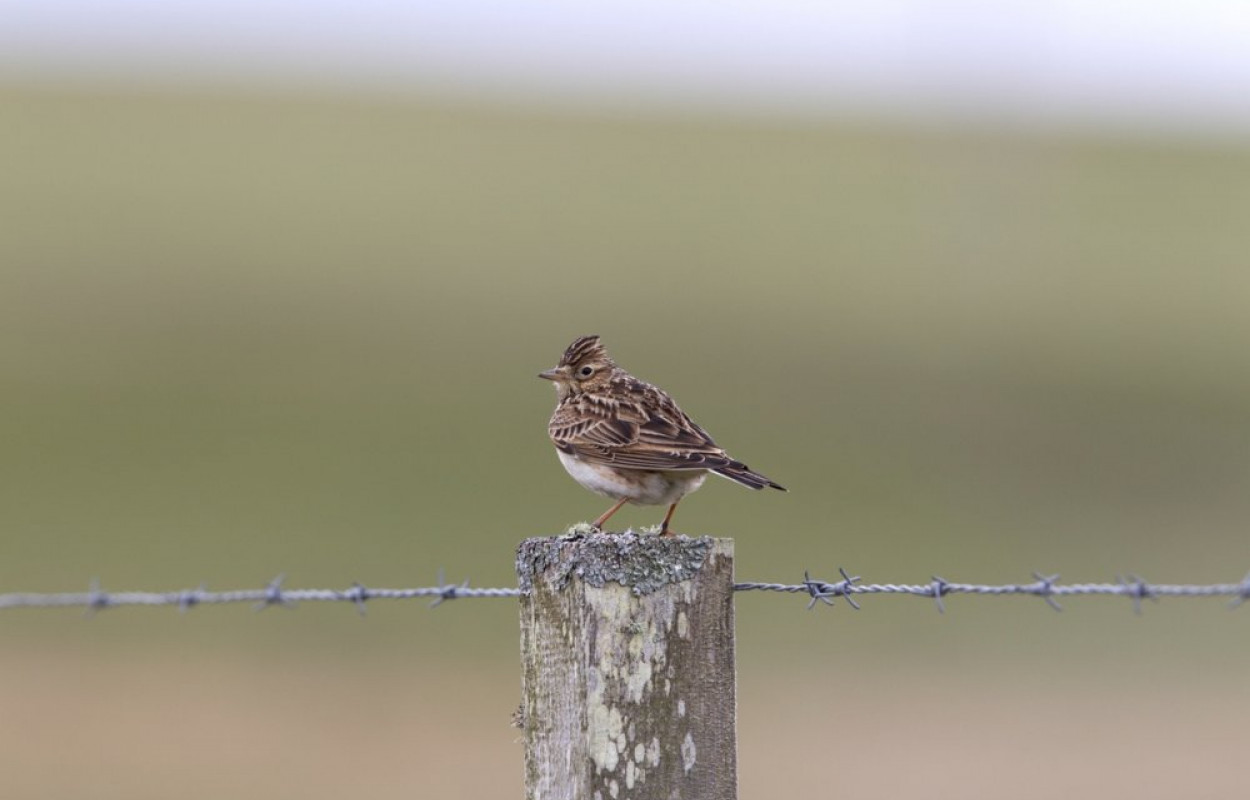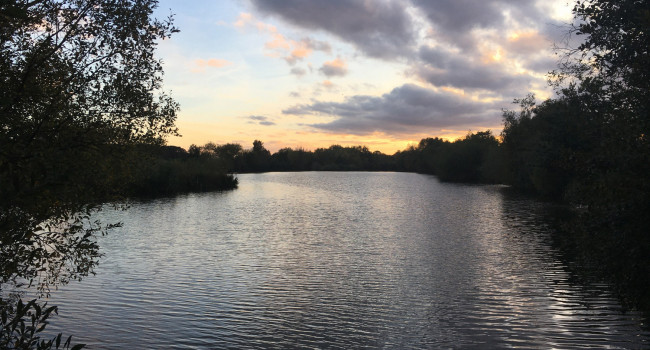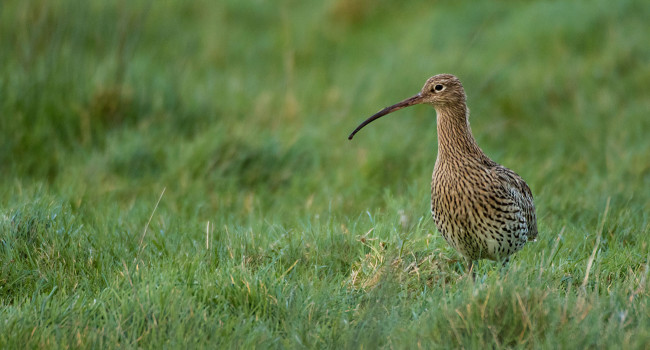Effects of the proportion and spatial arrangement of un-cropped land on breeding bird abundance in arable rotations

Author(s): Henderson, I.G., Holland, J.M., Starkey, J., Lutman, P., Orson, J. & Simper, J.
Published: January 2012
Journal: Journal of Applied Ecology Volume: 49 ( part 4 )
Digital Identifier No. (DOI): 10.1111/j.1365-2664.2012.02166.x
European agri-environment schemes provide prescriptions to farmers to sustain wildlife and biodiversity on farmland. Such prescriptions include leaving areas of farmland un-cropped. While many studies have investigated the value of different types of un-cropped land for wildlife, little is known about the quantity of un-cropped land needed per farm to maintain bird populations.
New work by the BTO, the Game and Wildlife Conservation Trust, Rothamsted Research and NIAB-TAG has sought to address this by examining un-cropped land in 28 arable farms, at a scale consistent with many national monitoring schemes. The average area of un-cropped land was found to be significantly associated with the abundance of key declining farmland bird species, especially Skylark, Linnet and Yellowhammer. Overall, farms in which at least 10% of land area was left un-cropped supported bird populations that were approximately 60% larger than farms with less than 5% un-cropped land. This effect was stronger on conventional farms than on organic farms. There was also some indication that birds responded positively to un-cropped land that was managed more closely to enhance biodiversity.
Alongside other recent BTO studies, this work sheds new light on the prescriptions required for stabilising declining populations of farmland birds. In particular it demonstrates the imperative need for sufficient habitat quantity and spatial management, in addition to habitat quality, in European agricultural policy prescriptions.







Share this page